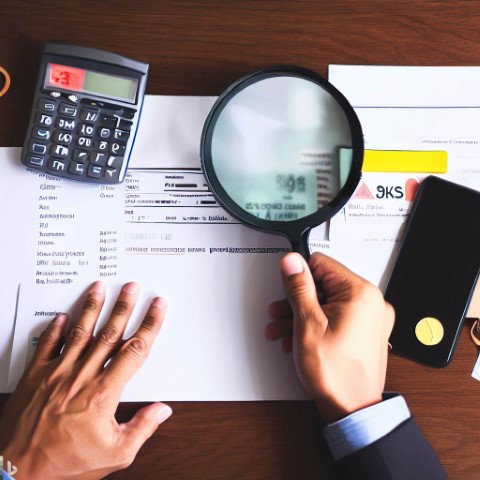
Introduction:
Banking fraud has become an unfortunate reality in today’s digital age. Criminals are constantly evolving their techniques to exploit vulnerabilities in banking systems and target unsuspecting individuals. Understanding the different types of banking fraud and implementing preventive measures is crucial to safeguarding your hard-earned money and personal information. In this article, we will explore common types of banking fraud, the potential consequences, and proactive steps you can take to protect yourself.
- Phishing and Email Scams:
Phishing scams involve tricking individuals into revealing sensitive information through deceptive emails, text messages, or phone calls. Fraudsters often pose as legitimate organizations, such as banks, and attempt to acquire login credentials, personal data, or financial information. To avoid falling victim to phishing scams, be cautious of unsolicited emails or messages requesting sensitive information. Always verify the authenticity of communication channels before sharing any personal details.
- Identity Theft:
Identity theft occurs when criminals steal personal information, such as social security numbers, bank account details, or credit card information, to impersonate an individual for financial gain. To mitigate the risk of identity theft, regularly monitor your bank statements, credit reports, and account activity. Utilize strong, unique passwords for online accounts and enable two-factor authentication whenever possible. Additionally, exercise caution when sharing personal information online or offline.
- Card Skimming and ATM Fraud:
Card skimming involves thieves attaching devices to ATMs or point-of-sale terminals to capture card details and PIN numbers. These stolen details are then used to clone cards or make unauthorized transactions. To protect yourself from card skimming, inspect ATMs for any suspicious devices, cover your PIN while entering it, and regularly check your bank statements for any unauthorized transactions.
- Online Banking Fraud:
Online banking fraud includes various tactics like malware, keylogging, or unauthorized access to online banking accounts. Keep your devices updated with the latest security patches, install reputable antivirus software, and avoid clicking on suspicious links or downloading files from untrusted sources. Regularly review your account activity and report any unauthorized transactions immediately to your bank.
- Investment and Ponzi Schemes:
Investment fraud schemes promise high returns with little risk, often targeting individuals seeking lucrative investment opportunities. Be wary of unsolicited investment offers or promises of guaranteed returns. Research and verify investment opportunities before committing funds, and consult a trusted financial advisor if needed. Remember, if it sounds too good to be true, it probably is.
Conclusion:
Protecting yourself from banking fraud requires vigilance, awareness, and proactive measures. Stay informed about the latest fraud techniques, educate yourself on cybersecurity best practices, and maintain a healthy skepticism towards unsolicited offers or requests for personal information. Regularly monitor your accounts, review statements, and promptly report any suspicious activity to your bank. By taking these proactive steps, you can minimize the risk of falling victim to banking fraud and safeguard your financial well-being. Remember, your financial security is in your hands.






